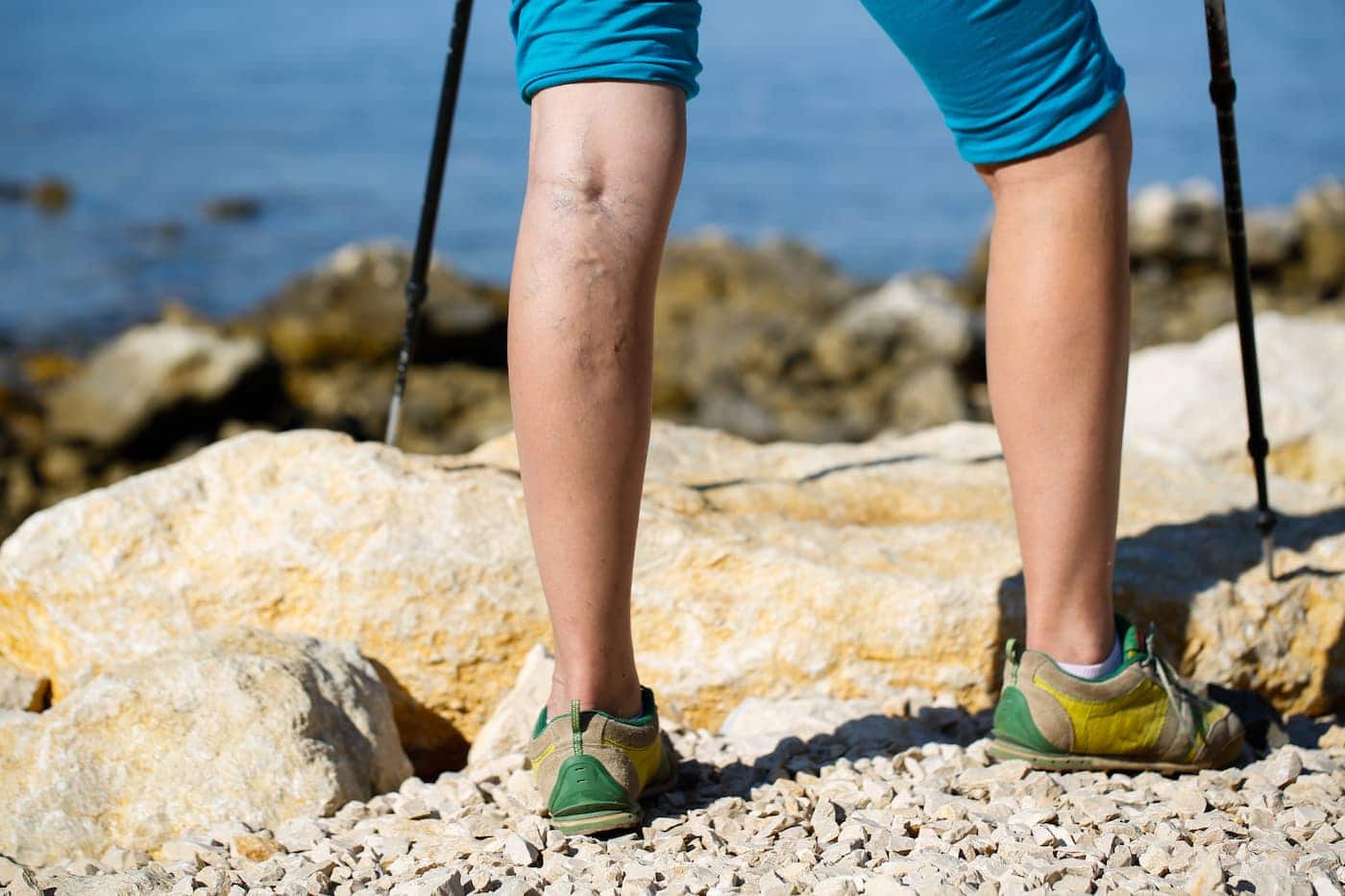Varicose veins are very common, affecting nearly half of all adults in the United States. While there are many contributing factors, such as genetics and age, there are also several things that you can do to help prevent them. Read on to learn more about the causes of varicose veins and what you can do to reduce your risk.
There are many potential causes of varicose veins, and oftentimes, multiple factors contribute to the development of this condition. Some of the most common causes include genetics, obesity, pregnancy, and prolonged standing or sitting.
People with a family history of varicose veins are more likely to develop them themselves, as are those who are overweight or obese.
This is because extra weight puts added pressure on the veins, making them more likely to become damaged or dysfunctional.
If you are concerned about developing varicose veins, there are several things you can do to help prevent them, such as maintaining a healthy weight, exercising regularly, and wearing supportive stockings. Talk to your doctor if you have any concerns.
Queens vein doctors and all over the country have been providing varicose vein treatment to patients for many years. In the past, varicose vein treatment was mostly focused on relieving the symptoms of the condition, such as pain and swelling.
However, doctors have now developed new treatments that can actually improve the appearance of varicose veins.
These new treatments use a variety of techniques, including laser therapy, sclerotherapy, and radiofrequency ablation. And these new treatments are much more effective than the old ones, and they can help you get rid of your varicose veins for good.
- Genetics
Genetics is one of the most important factors in the development of varicose veins. Vein abnormalities are often passed down from family members, and people with certain genetic conditions are more likely to develop varicose veins. In addition, pregnancy and obesity are also risk factors for developing varicose veins.
- Obesity
Obesity also increases the likelihood of developing varicose veins due to the increased pressure on the legs and feet. When someone is obese, there is an increased amount of pressure on the veins in the legs.
This can cause the valves to become damaged, leading to varicose veins. In addition, obesity can also lead to inflammation and other changes in the blood vessels that can contribute to the development of varicose veins. As a result, maintaining a healthy weight is an important part of preventing this condition.
- Pregnancy
Pregnancy is a common cause of varicose veins, as the increased blood volume and pressure on the veins can lead to vein damage.
The increased blood volume and pressure on the veins during pregnancy can lead to vein damage, which in turn can cause the valves in the veins to malfunction.
This causes blood to pool in the veins, leading to the characteristic enlargement and twisting of varicose veins. While pregnancy-related varicose veins often improve after delivery, some women may require treatment to alleviate symptoms and improve appearance. If you are concerned about varicose veins during pregnancy, be sure to speak with your doctor.
- Prolonged periods of standing or sitting
Prolonged periods of standing or sitting can cause blood to pool in the legs, which increases the pressure on the veins and makes them more likely to become damaged.
In addition, this position can also cause the valves in the veins to become weakened, which can further contribute to vein enlargement.
As a result, it is important to take breaks throughout the day and avoid standing or sitting for prolonged periods of time. Additionally, elevating the legs when possible can also help to reduce the risk of developing varicose veins.
